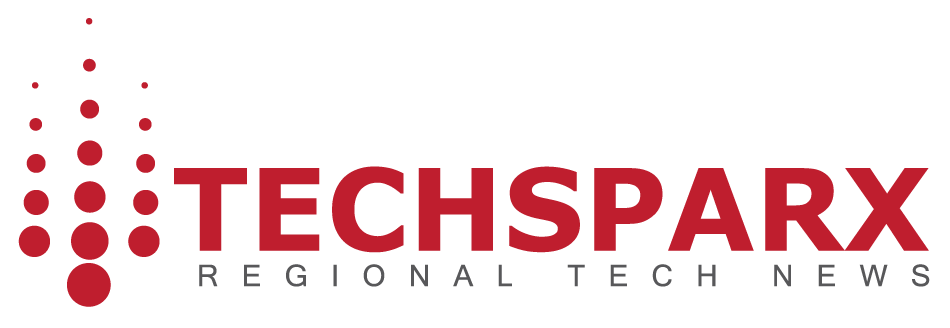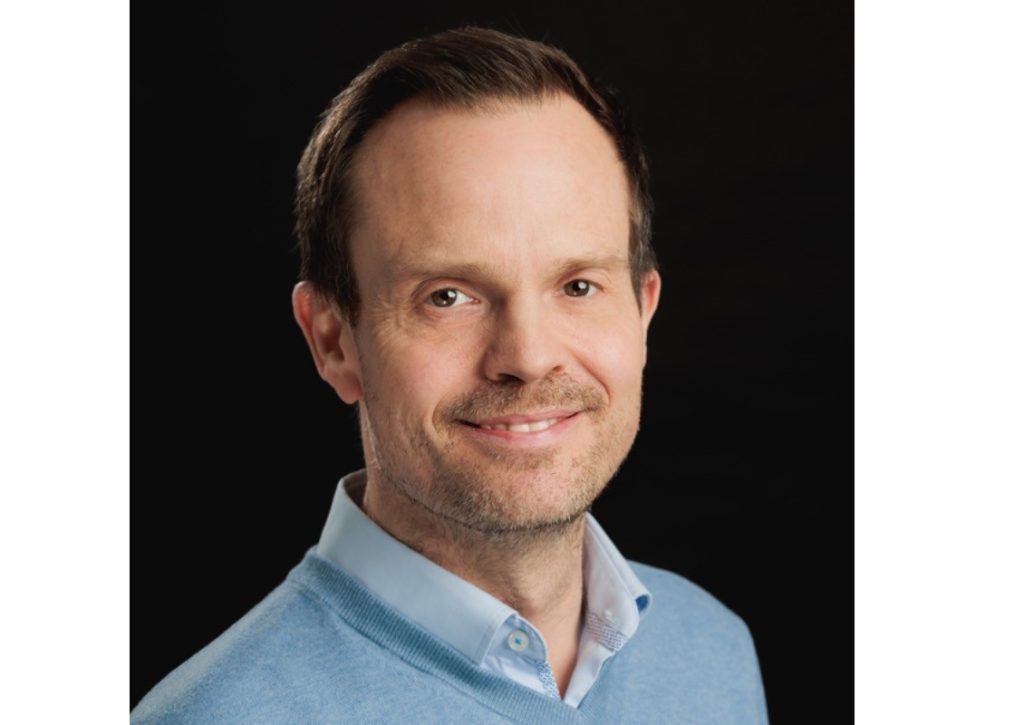In a significant advancement towards practical, large-scale quantum computing, researchers at the University of Oxford’s Department of Physics have demonstrated the first instance of distributed quantum computing. Using a photonic network interface, they successfully linked two separate quantum processors to create a single, fully connected quantum computer, paving the way for tackling previously insurmountable computational challenges.
This breakthrough addresses the “scalability problem” in quantum computing. A truly powerful, industry-disrupting quantum computer would require the ability to process millions of qubits. However, packing all these processors into a single device would necessitate a machine of enormous size. This new approach links smaller quantum devices, distributing computations across the network. In theory, the number of processors in the network is unlimited.
Study lead Dougal Main, Department of Physics, University of Oxford, explains: “By interconnecting the modules using photonic links, our system gains valuable flexibility, allowing modules to be upgraded or swapped out without disrupting the entire architecture.”
While quantum teleportation of states has been achieved before, this study is the first demonstration of quantum teleportation of logical gates across a network link. The researchers believe this could lay the foundation for a future “quantum internet,” where distant processors could form an ultra-secure network for communication, computation, and sensing.
Dougal continued: “Previous demonstrations of quantum teleportation have focused on transferring quantum states between physically separated systems. In our study, we use quantum teleportation to create interactions between these distant systems. By carefully tailoring these interactions, we can perform logical quantum gates – the fundamental operations of quantum computing – between qubits housed in separate quantum computers. This breakthrough enables us to effectively ‘wire together’ distinct quantum processors into a single, fully-connected quantum computer.“
The researchers successful demonstration underlines how a distributed approach can extend quantum capabilities beyond the limitations of a single device, paving the way for scalable, high-performance quantum computers powerful enough to perform calculations in hours that would take today’s supercomputers many years.
Professor David Lucas, principal investigator of the research team and lead scientist for the UK Quantum Computing and Simulation Hub, which is led from the Department of Physics, concluded: “Our experiment demonstrates that network-distributed quantum information processing is feasible with current technology. Scaling up quantum computers remains a formidable technical challenge that will likely require new physics insights as well as intensive engineering effort over the coming years.”
Principal funding for this research was provided by UKRI EPSRC, via the UK Quantum Computing and Simulation (QCS) Hub, part of the UK National Quantum Technologies Programme.
Image source: University of Oxford










